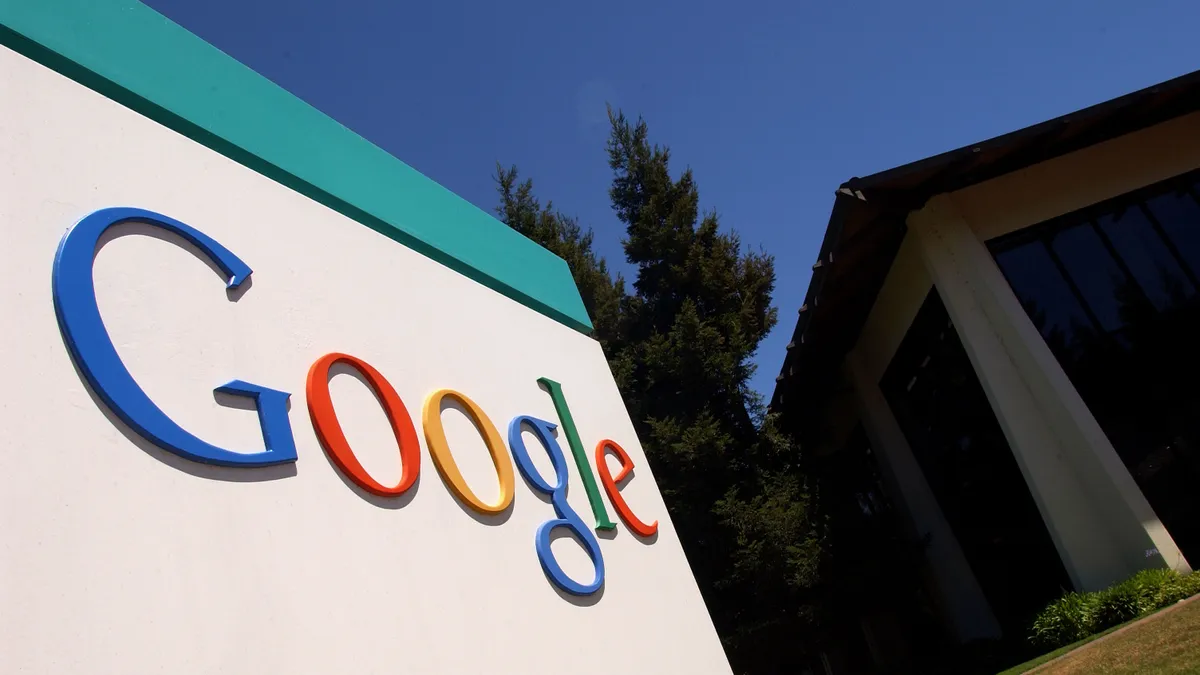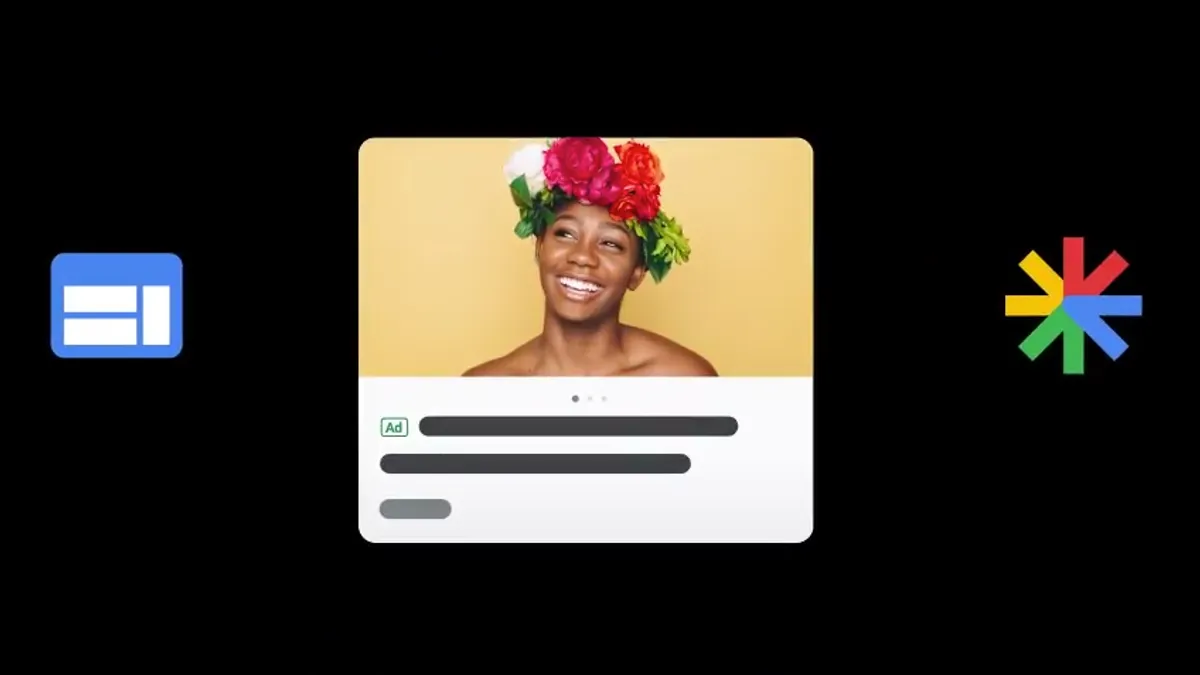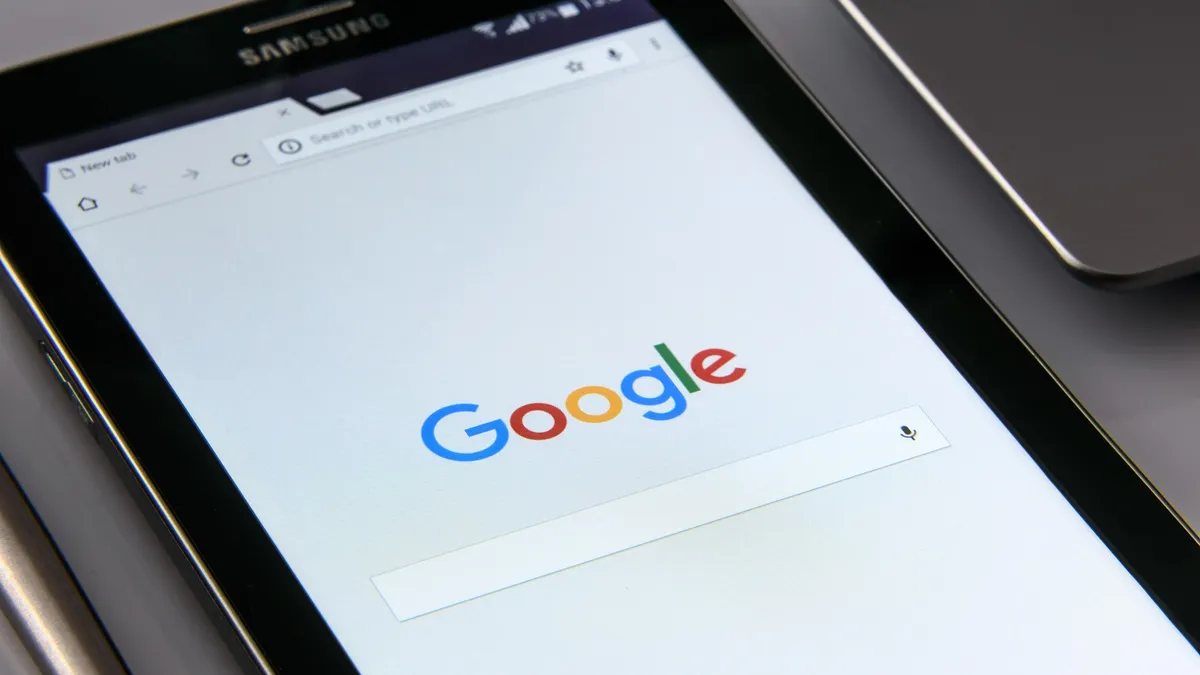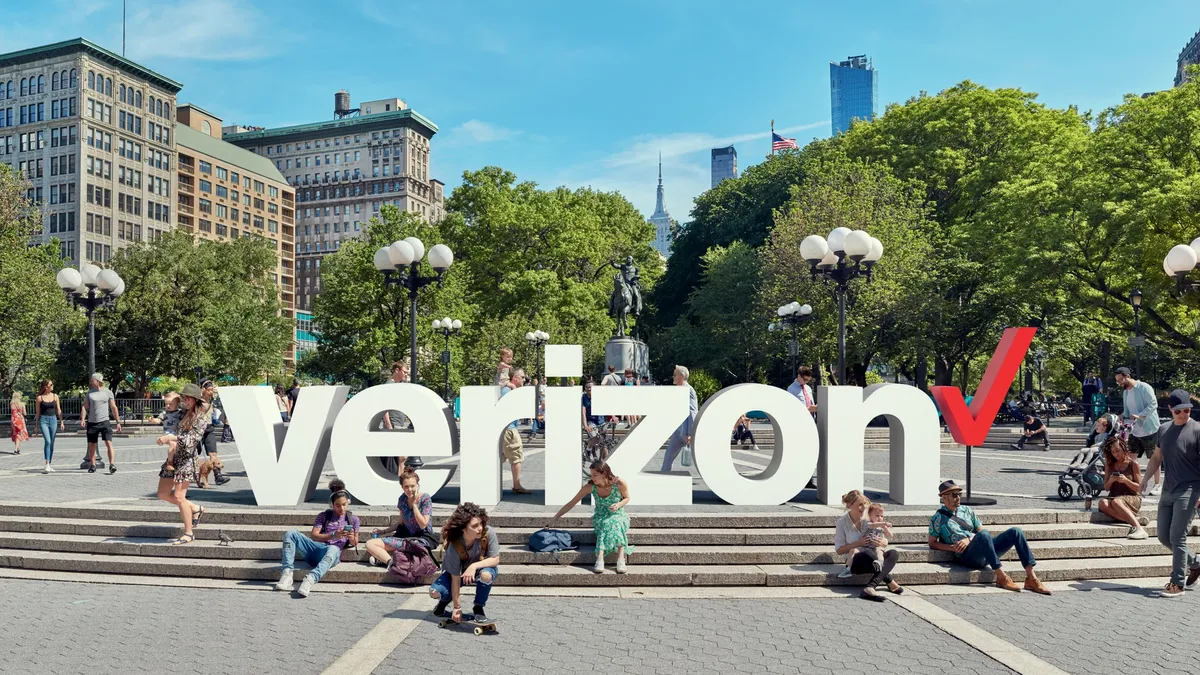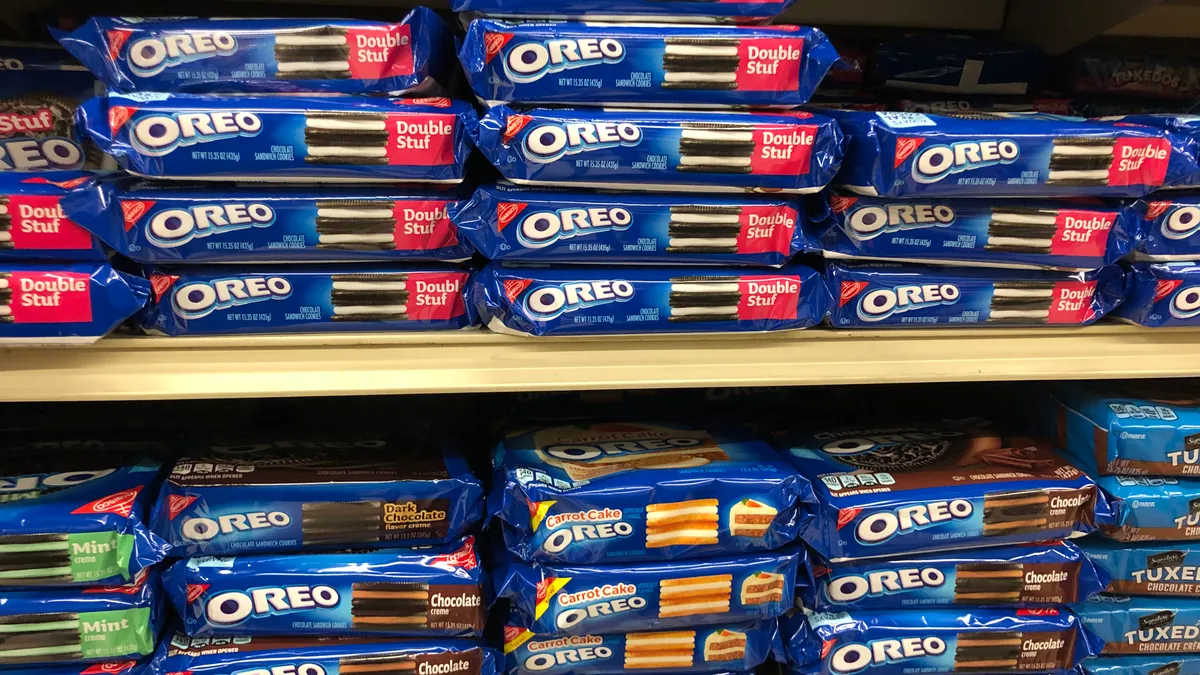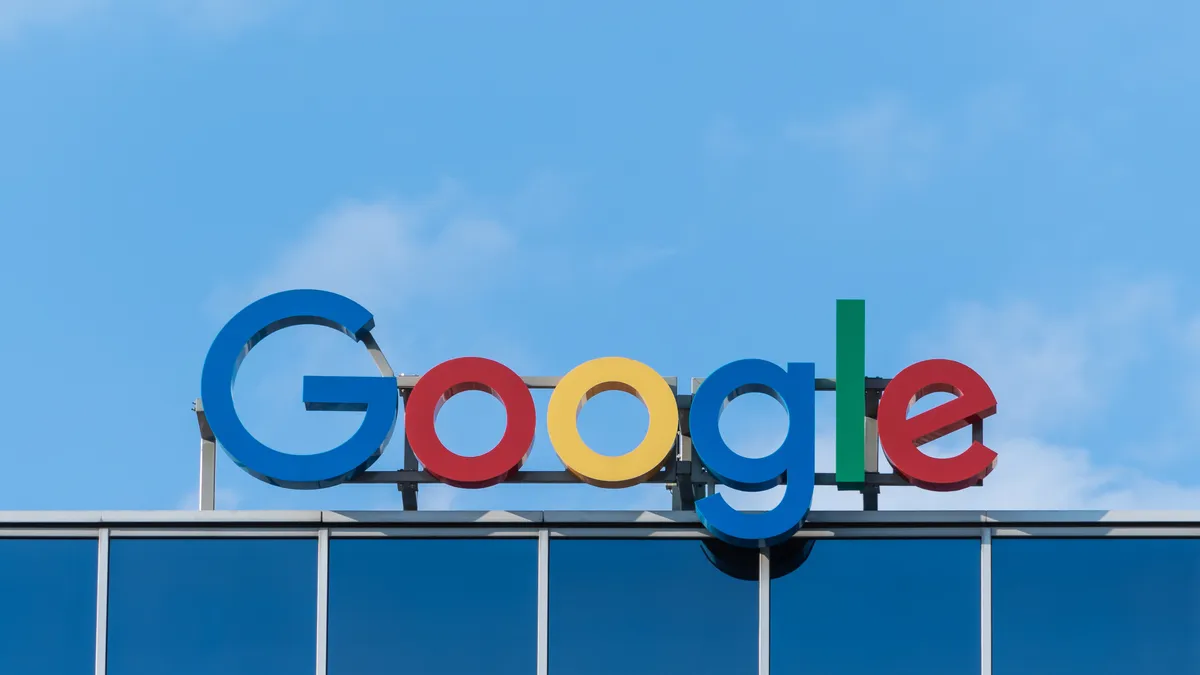The following is a guest post from Ilon Weeldreyer, associate director of performance media at Merkle. Opinions are the author's own.
The third-party cookie is going away, eliminating an oft used and valuable part of many brands' digital advertising strategy. Regulations such as the European Union's General Data Protection Regulation (GDPR), the California Consumer Privacy Act (CCPA), and California's Prop 24 introduce constraints on the third-party cookie, and with that diminish the ability to resolve customer and prospect identity in programmatic advertising. While there's no hard deadline, popular browsers are already beginning to remove the feature: Google announced the functionality would be removed from Chrome in 2022, and Safari and Firefox have already begun blocking them by default.
Marketers dependent on third-party cookies will need to find new ways to target and measure their digital efforts. The road ahead will see brands develop their own first-party identity graphs, build data from internal sources, access second-party data through noncompetitive partnerships, and collect their own zero-party data by asking customers to share more with them. In final form, this path may take years of planning, investment and transformation. To keep performance and results rolling in during the short term, many marketers must look to increase their use of paid social media.
With third-party cookies on the way out, paid social's future is bright
Given industry concerns related to cookie degradation and inventory quality, paid social is a bright spot for many marketers in 2021. Due to their identity-based audiences, paid social "walled gardens" are a frequent recommendation for those looking to mitigate disruption as the industry progresses toward a cookieless future. Advanced audience features and the certainty of identity in an uncertain world will allow paid social to maintain its place within comprehensive digital media strategies.
Identifying the opportunity for paid social
Although 2020 was a year of upheaval and uncertainty, at least one thing remained certain: the prominence of social networks in everyday life. Whether as an escape for those in quarantine, a source of inspiration or an established mode of communication, individuals continue to connect and experience life through social platforms.
Over the next two years, average time spent on social media is expected to outpace prior forecasts. While the post-pandemic world may see a slight decline, users are expected to continue spending an average of around 80 minutes per day on social networks, eMarketer predicted in April 2020. To stay competitive, advertisers must take note of these trends and establish a presence where their customers and prospects spend time. Brands acknowledge the need, driving steady lifts in paid social investment. That number is projected to approach $57 billion by 2022, according to eMarketer.
For marketers, social media is where identity can be resolved, as the major social platforms have an always-logged-in audience with personally identifiable information (PII) and don't rely on third-party cookie-generated identity graphs. In addition to a captive and identified audience, social media comes with its own suite of analysis, data and campaign tools. Social media will grow to cater to more businesses, including smaller and mid-size enterprises. Platforms will likely continue to deploy additional automation to their toolkits, increasing ease of use for marketers. They will offer a bigger range of turnkey solutions and provide more coverage and penetration into the entire customer life cycle.
There will also be uncertainty in paid social that will need to be monitored. It's likely that security, privacy policies and laws could continue to tighten, constricting marketers' ability to resolve customer identity. In some cases, such as fair lending, marketers will have less flexibility and access in the platform data used for targeting. It's uncertain how the major walled gardens will play together, especially if we take the current circumstances as an indicator. For example, Google and Facebook don't share many of the same protocols or provide integrations to resolve customer activity between the platforms, making tracing and attribution more difficult. Ultimately, future solutions will require additional techniques, such as data clean rooms, to put an identity/attribution picture together.
Getting it done with paid social
To help navigate the developing landscape and ensure dollars are well spent, brands should develop a comprehensive paid social strategy:
- Take inventory of business goals, define target audiences and understand the customer journey.
- Select the right ingredients from a broad menu of platforms, features and integrations.
- Plan for measurable outcomes and continue to iterate based on data-informed decisions.
Determine how your audience approach relates to business goals and overall strategy
A brand should ask important questions, such as: Who are our current customers? What are the qualities of our desired growth segments? What is the customer journey and life cycle? Do our customers convert online or offline? Are we aiming to drive awareness, consideration or conversion with this campaign?
After these questions are answered, an advertiser should review available platform capabilities to align investment to in-platform targeting tactics and campaign objectives. Fortunately, paid social platforms have made this step easy, as they offer in-platform settings for nearly any objective, including app downloads, site traffic and conversions, all of which are powered by machine learning for optimal efficiency. Brands that are able to reinforce their paid social strategy through these steps will find themselves well-positioned once the third-party cookie is finally laid to rest.







